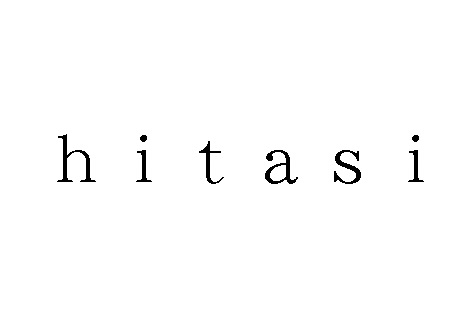On October 16, 2023, the Japan Patent Office (JPO)dismissed an opposition claimed by Hitachi, Ltd. against TM Reg no. 6621366 for wordmark “hitasi” by finding dissimilarity to and unlikelihood of confusion with “Hitachi”.
[Opposition case no. 2022-900496]Opposed mark
A Chinese individual filed a wordmark “hitasi” for use on glass, unworked or semi-worked, except building glass; mangers for animals; drinking troughs; toothbrushes, electric; nail brushes; comb cases; make-up brushes; gardening gloves; glass vials; decanters; vacuum bottles [insulated flasks]; oven mitts; place mats, not of paper or textile; drinking straws; bird baths; tanks [indoor aquaria]; utensils for household purposes in class 21 with the JPO on April 5, 2023.

The JPO granted protection of the opposed mark on September 29, 2022 and published it for a post-grant opposition on October 7, 2022.
Opposition by HITACHI
Hitachi, Ltd., founded in 1910, highly diversified Japanese manufacturing corporation that comprises more than 1,000 subsidiaries, including 335 overseas corporations filed an opposition on November 29, 2022 with the JPO and claimed the opposed mark shall be cancelled in contravention of Article 4(1)(xi) and (xv) of the Trademark Law due to similarity to and likelihood of confusion with its famous house mark “Hitachi”.

To bolster their arguments, Hitachi cited the IP High Court ruling dated Jan 27, 2022 that admitted a likelihood of confusion between “HITACHI” and “hihachi” when used on air conditioners for industrial purposes; non-electric cooking heaters for household purposes; non-electric stoves for household purposes in class 11.
JPO decision
The JPO Opposition Board found a high degree of reputation and popularity of the cited mark “HITACHI” as a source indicator of the Hitachi Group and their business.
However, the JPO pointed out a low degree of similarity between the marks by stating that:
- From appearance, there is a difference in the letter “s” and “CH”. It would cause non-negligible effect on the overall visual impression of the marks which consist of relatively few letters (sir or seven characters). In this respect, two marks are unlikely to cause confusion visually.
- Aurally, there is a difference in the last sound of “si” and “chi”. It would cause non-negligible effect on the overall sound of the marks which consist of three syllables. The Board has a reason to believe that two marks are unlikely to cause confusion phonetically.
- From concept, both marks are unable to compare since the opposed mark does not have any specific meaning, whereas the cited mark gives rise to a meaning of “HITACHI” as a source indicator of the claimant.
Given a low degree of similarity of the marks, the Board said, it is unlikely that relevant consumers confuse the source of the goods in question bearing the opposed mark with Hitachi, Ltd. or other entity systematically or economically connected with the claimant even if the cited mark “HITACHI” has been famous trademark
Based on the foregoing, the Board dismissed the entire allegations by Hitachi and decided validity of the opposed mark as the status quo.

